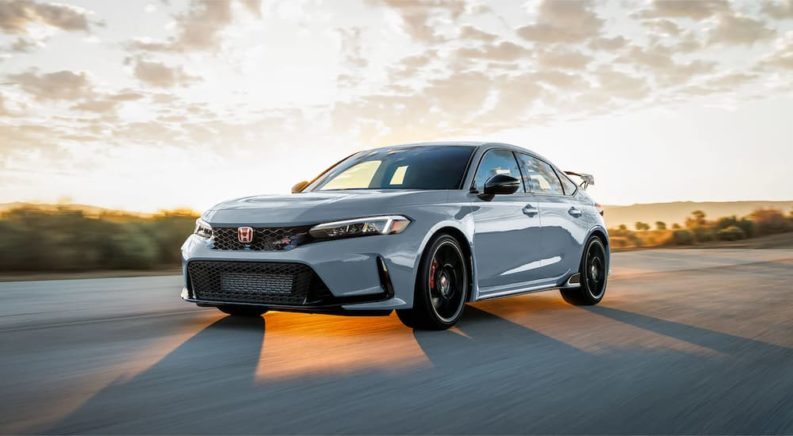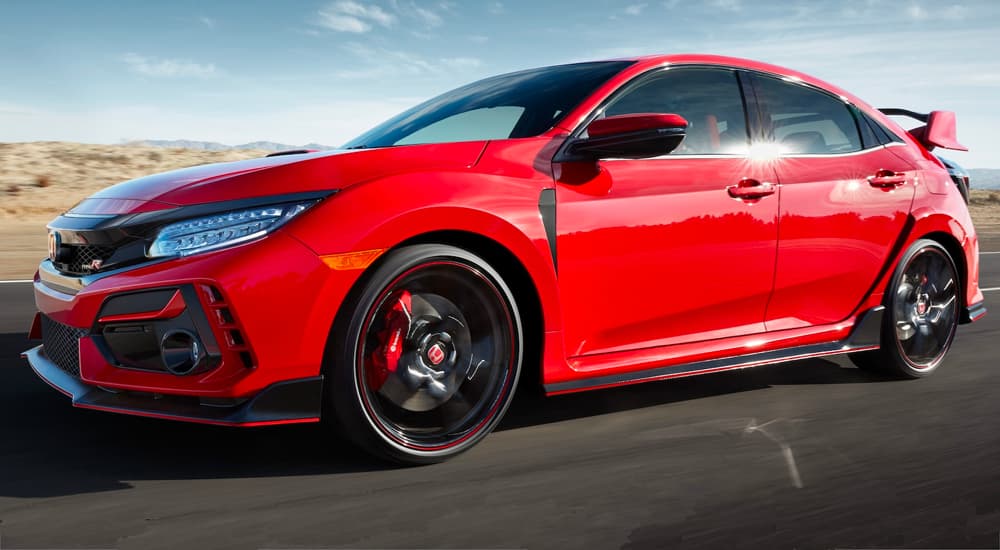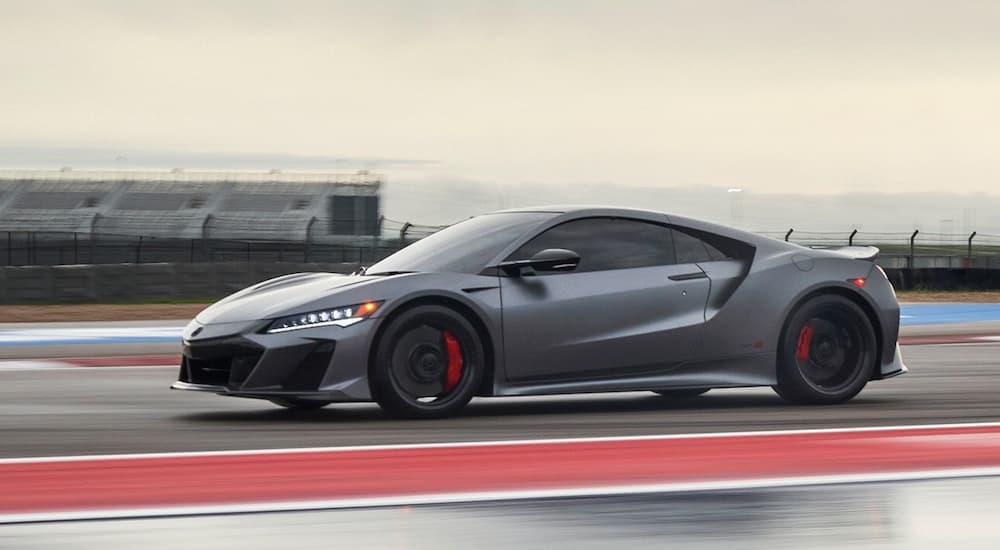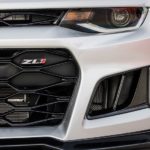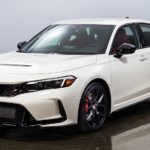Efficiency, reliability, and affordability have long made up the foundation of the Honda brand, underpinning popular models you will find at a Honda car dealership, from the Accord to the CR-V. But the Honda name is equally renowned in the world of motorsports, and when Honda dives into the world of high-speed performance cars, the results are stunning. It makes sense when you think about it. One of the first cars Honda ever produced was a sporty S500 roadster, and Honda Racing has had a presence in everything from IndyCar to Formula One. When Honda builds a sports car, it incorporates cutting-edge technology and thoughtful design to make some of the most impressive high-performance cars on the roads. These are some of Honda’s best cars and the features that make them special.
Honda S2000
The Honda S2000 is one of the most legendary JDM cars ever sold. The roadster was designed as a celebration of Honda’s 50th anniversary and was produced from 1999 until 2009. During its run, it earned a reputation for joyful driving by capitalizing on the tried-and-true formula of a lightweight, rear-wheel drive car with a high-revving engine and incorporating sophisticated Honda engineering.
Despite being a small 2.0L naturally-aspirated inline-four, the S2000’s engine could spit out a legendary amount of power. In fact, its output per liter was higher than any other mass-produced, naturally-aspirated engine until it was finally surpassed by the Ferrari 458 a decade later. This was achieved through the use of racing technology and painstaking attention to detail that minimized friction and allowed the rotating assembly to redline at 9,000 RPM.
The S2000 actually had two different engines, depending on the year and market. In American cars, the original F20C was replaced by the F22C1 for the 2004 model year. The new engine was bored out to a 2.2L displacement and was designed for the North American market, which loves some low-end torque. The F22C1 made the S2000 more engaging to drive at lower RPM, but the trade-off was a lower redline, down to 8,200 RPM.
Honda/Acura Integra Type R
Although sold in overseas markets as the Honda Integra, American drivers will know this car as the Acura Integra. But whether donning a Honda or Acura badge, the Integra Type R is the vehicle that catapulted Honda’s Type R brand to stardom. When this high-performance variant hit the market in 1996, it was the first Type R to be sold in the United States, where it was an instant hit thanks to its relatively low price point and the lively driving experience it offered.
Just like the S2000, the Integra Type R was built around a legendary Honda engine. In this case, it was a 1.8L VTEC powerplant spitting out 195 hp with an 8,400 RPM redline. For years, power and fuel efficiency lived at opposite ends of the spectrum, and moving more towards one necessarily lessened the other. Honda changed this when it developed Variable Valve Timing with Electronic Lift Control (VTEC), debuting the feature in the 1989 Integra. This technology adjusts airflow so that efficiency is maximized at lower RPMs and power is maximized at higher RPMs, giving the vehicle two separate driving profiles and making it more realistic as a daily driver.
In the United States, the Integra Type R was sold under the Acura brand, Honda’s luxury division. However, the Integra didn’t have the exclusive pricing usually associated with luxury cars, making it popular amongst young drivers. Sure, the price tag isn’t technically a performance feature, but sports cars tend to carry a pricey one. The Integra Type R’s affordability was undoubtedly one of its most charming features and part of the car’s mystique.
Honda Civic Type R
While the Integra was the first Type R to reach America, it wasn’t the last. The most popular Type R variant to date is the Honda Civic Type R. With all the hype surrounding the newest generation of Civic, it’s no surprise that the redesigned Civic Type R is one of the most anticipated cars of 2023. Taking the most economical of economy cars and giving it sports car specs has proven to be a fruitful combination resulting in one of the most beloved sleepers in recent history.
There are a lot of things that make the Civic Type R great. Its turbocharged engine and sport-tuned suspension are big players that contribute to its raw power. But driver engagement is what really sets the Type R apart, which is why it’s still offered standard with a six-speed manual transmission and has no option for an automatic. The newest Type R’s transmission has undergone several tweaks to make it even more satisfying to the driver, and its rev-matching system has also been improved.
Honda has made several other changes to the new Type R to improve its performance. Its brakes were updated, as was the cooling system, to overcome issues the previous generation had with overheating on the track. The most drastic change, however, is its looks. The styling of the 2023 Civic Type R is toned down considerably after its predecessor saw some criticism for its over-the-top looks. The newest Type R isn’t completely without its flair, though. It may have ditched the fake vents and smoothed down its angular lines, but it still has a sizable wing on the back and a triple exhaust.
Honda/Acura NSX
Another car that wore different badges depending on the market, the NSX was Honda’s first supercar and upstaged brands like Ferrari and Lamborghini when it was unveiled in 1991. After a decade’s hiatus, the second-generation NSX was released in 2016 and again challenged the idea of what a supercar should be. Now, the 2022 NSX Type S is a swan song of epic proportions, available for purchase for just 350 lucky customers before the NSX is scheduled to be discontinued for the second time.
The second-generation NSX Type S stands out, and not just because of its supercar performance or track-friendly features. Its competitors have those things, too. What they don’t have is a hybrid powertrain, which offers better gas mileage and all-electric mode, much quieter than a screaming V6 that sounds like it’s trying to rip out of the car. Oh, the NSX still has a V6, plus three electric motors that can create 600 hp.
The body of the NSX Type S is both functional and stylish, with every inch giving off the impression of a vehicle ready to launch into action. Designed to be as aerodynamic and lightweight as possible, it has several carbon fiber parts, like its roof and spoiler. It has a low profile that slopes gently toward the front, allowing air to roll over it with minimum resistance. The use of aluminum, carbon fiber, and steel makes the body rigid while maintaining a lighter curb weight.
Entering the Era of Electric Performance
It’s sad to see vehicles like the NSX in their final model year, especially when that model year is the most exciting version of the vehicle yet. Fortunately, it won’t be the last we see of high-thrills grilles with the Honda emblem hovering overhead. Far from it. Honda has set its sights on a new era of performance vehicles powered by electric motors and batteries instead of engines and gasoline. It’s exciting to imagine what Honda might do with this new medium. Whatever the next generation of high-performing vehicles by Honda looks like, it’s sure to be fast and fun.

